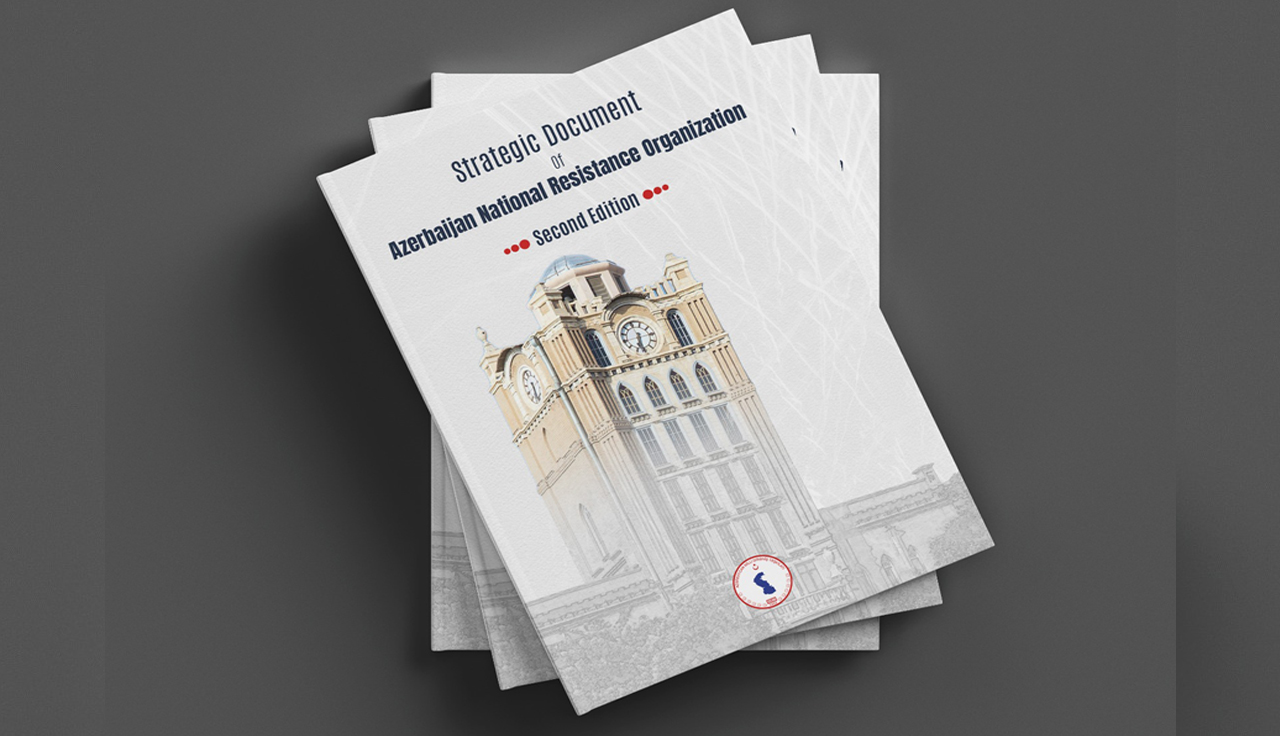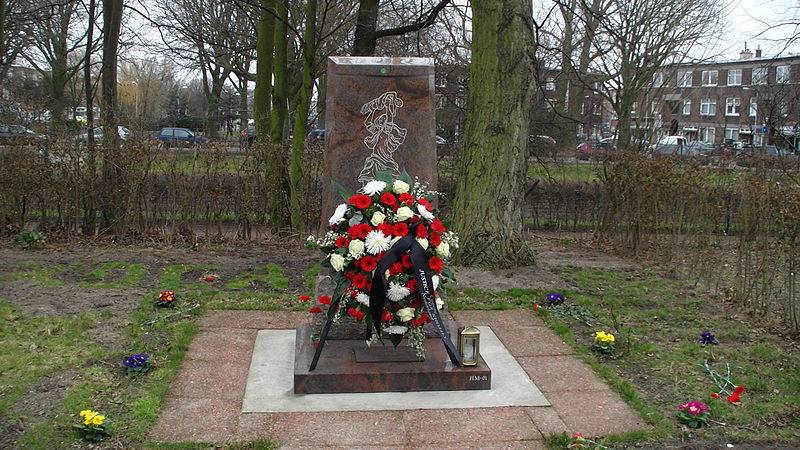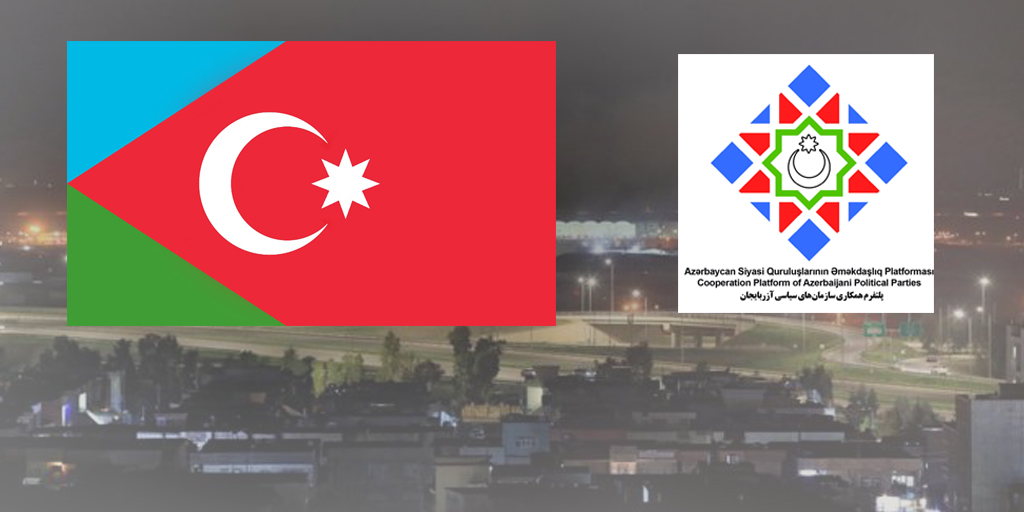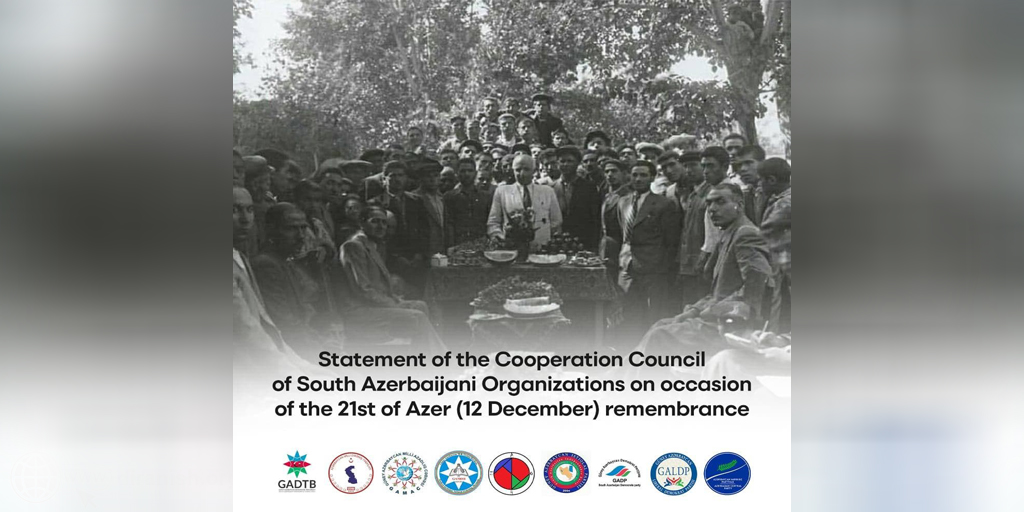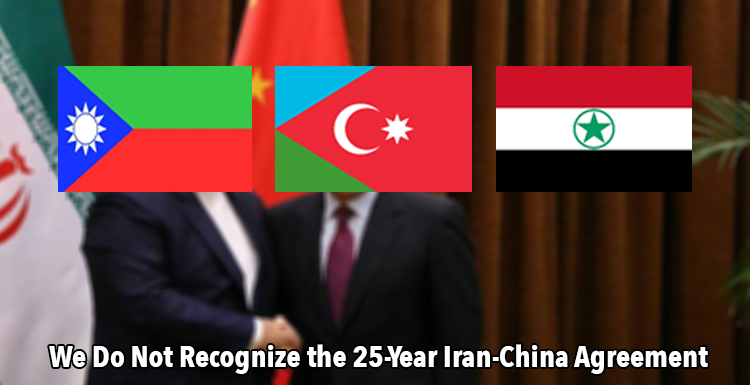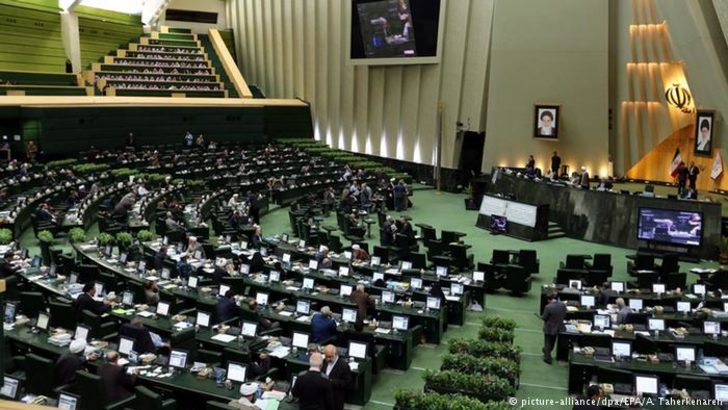Sections of Azerbaijan History: Safavid State

The name of Safavi comes from the grandfather of Shah Ismail Sheikh Safiaddin. In fact, Safiyaddin of the Sunni faith had gained a great influence in Ardabil, the centre of this faith during Elkhanids and had attracted the attention of heads of Elkahnid state. Sheikh Safiaddin that laid a foundation of this faith, the grandfather of Ishaq, Firuz Shah belonged to Turkmen family moved to Ardebil from Anatolia in X century. When Safiaddin died in 1334, his son Sadraddin, and then Khaja Ali became sheikh. Their popularity was spread not only in Azerbaijan, but as well as in Iraq, Syria, Anatolia, Iran, even as Bukhara and Balkh.
During Safavid period the Turkish tribes of ruling strata were: samly, ustajlu, turkman, rumlu, zulqadarli, afshar, gajar, gajar, khumuslu, talas.
When the head of the Safavid dynasty Ibrahim died in 1447 his son Juneyd replaced him. Since 1456 to 1459, Juneyd was near then less known ruler of Diyarbakır Aghgoyunlu Uzun Hasan. Uzun Hasan had married her sister Khatija Beyim with Sheikh Juneyd in order to ensure the help of Safavids sheikhs in his fight against the enemy Jahanshah. In order to establish own state Juneyd decided to occupy Shirvan. He, along with 10000 supporters gathered from various countries during his campaigns, attacked Shirvanshahs to occupy the country and get the throne of Shirvanshas but has been killed in battle. His son Sheikh Heydar replaced him. Heydar married on daughter of Uzun Hasan, and gained a great reputation. He attacked Shirvan to get revenge of his father. Sheikh Heydar was killed in the battle but his family members and children were rescued by brother-in-law Yaqub Khan.
Elder son of Heydar – Ali was declared as sheikh by murids. 6-year-old Ismail, younger brother of Ali was kidnapped by murids after the killing of Ali by Aghoyunlu and taken to Gilan. Here he was kept secretly during six years and at age of 13 years he left from Lahijan to sit at the throne of Uzun Hasan, his grandfather. He could capture some parts of Arran and Shirvan together with ustajlu, samlu, rumlu, mosullu, Indian, takali, chapanlu, garadagly zulqadarli, varsaq, afshar and gajars. He advanced toward Azerbaijan and run away losing in confrontation with the ruler of Aggoyunlu. He captured Isfahan, Kashan, Yazd, Shiraz and Gum cities. So, Aghgoyunlu state finished its existence.
Except Khorasan, all lands of Azerbaijan, Iran, area around of Agrydagh, Iraqi Arab lands were in capture of Safavids in 1508. Shah Ismail continued efforts on the way to seize the entire state of Aghgoyunlu. At the beginning of the VXI century, all the states in neighborhood adopted that Safavids are heirs of the Garagoyunlu and Aghgoyunlu.

In year 1510, Shah Ismail defeated the army of Uzbek khan Sheybani khan near Merv and seized Khorasan region. At the end of the 1st year of XVI century, the lands of Safavid state stretched from Amudarya River to the Euphrates.
Safavid army was defeated in battle with Ottoman Sultan Yavuz Salimin on August 23, 1514 in the south-west of Maku, in Chaldiran, and stepped back.
So, Sefevids had lost after this battle Erzinjan, Diyarbakır, Mardin and some provinces of Anatolia.
Until death of Shah Ismail in 1524 he subjugated Shirvanshah and Sheki in the north to Safavids. During power of his son Tahmasib I (1524-1576) Shirvan lands were annexed to Safavids state and the rule of Sheki was ended.
Ottoman ruler Sultan Suleiman the Magnificent had 4 military campaigns against Safavids in 1534,1535,1548,1554 years. Suleiman the Magnificent, having understood that he would not able to achieve a desired result by these attacks, had concluded in 1555 a peace agreement with Tahmasib in Amasya. The struggle of power took place for a while after the death of Tahmasib I. Using this chance Ottoman Sultan Murad III, had entered with army in 1578 into the South Caucasus, and occupied Shamakhy and Derbend. Ottoman-Safavid confrontation, which lasted 12 years at last, was ended in 1590 by signing of Istanbul agreements. Shah Abbas that came to power at that time was forced to give all lands in west to Ottoman Empire except the south-east lands of Azerbaijan.
Shah Abbas I (1578-1629) who had just took power of Safavid Turkish state had to start some important reforms in order to be able to fight against the Ottoman Empire and re-capture Azerbaijan. The new military units were created. However, big mistakes were made and Persian origin persons were appointed to the state departments. The state capital was moved from Qazvin to Isfahan in 1598. Thus, the governing began to distance from Turkic traditions and became unstable.
The Safavid state although existed till early of XVIII century, it entirely distanced from Turkic statehood traditions and began to perform traditions of Persian shah.
In 1736 Nadir Shah put an end to the existence of the state.
The capital cities were Tabriz, Qazvin (1555) and Isfahan (1598)
Ruling rulers:
1501-1524 Shah Ismail I
1524-1576 I Tahmasib
1576-1577 Ismail II
1578-1587 Mohammed Khudabende
1587-1629 Abbas I
1629-1642 I Safi
1642-1666 Abbas II
1666-1694 Suleiman
1694-1722 Sultan Hussein
1722-1732 II Tahmasib
1732-1736 Abbas III
azerbaijans.com









